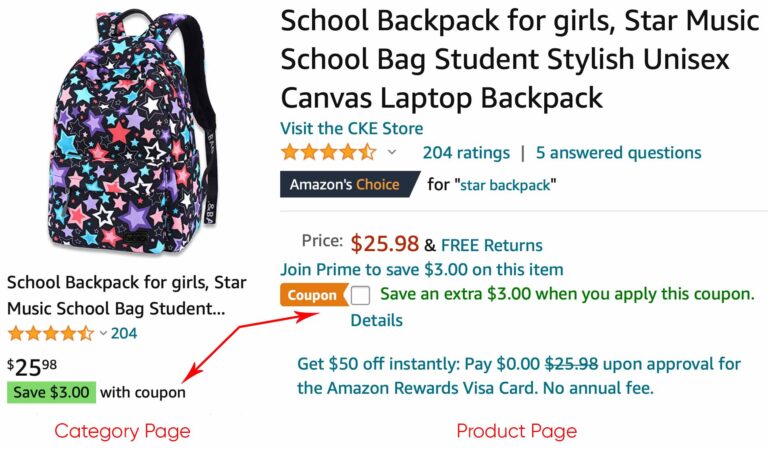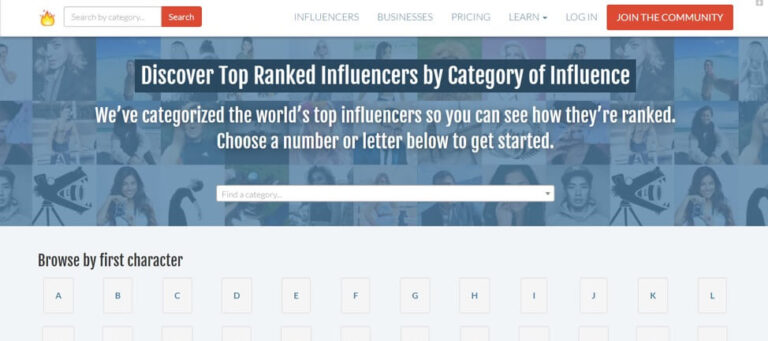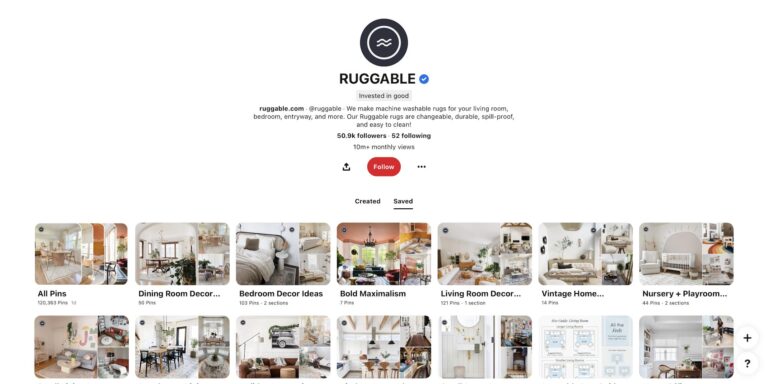AR and VR drive user engagement and ultimately sales. Augmented reality brought us the ability to check how products would look in the real world, like sunglasses on our faces or a new pair of trainers virtually on our feet. These technologies enable customisation on the fly and being able to virtually try on products in seconds undoubtedly will bring more similar deployments within the B2C and B2B sectors.
The first step is one of the most important: understanding what the client wants to achieve and who their audience is.
What does a Creative Technologist do, and how does your role fit in to the wider company?
A lot of creatives like to jump to the drawing board straight away, but this is usually the wrong approach. In a world where we have thousands of different devices, browsers and platforms, we need to know who the people actually are that will be using this experience.
AR and VR are already driving consumer engagement. In recent years, lots of high street brands started applying various AR and VR ideas to increase consumer engagement with their products. Brands like Dior, Michael Kors, and even Wayfair are successfully using this technology via AR filters to showcase their products on Facebook and Instagram.

What has been the biggest achievement in your role so far?
Both VR and AR technologies are being used in pretty much any sector nowadays because there are a lot of different applications for it. It’s really up to a brand or company to where they want to take their consumers or clients.
I would say building a really epic team of talented developers, 3D artists and designers at Vismedia is already a big achievement for me. Having a truly great team helps me to achieve big things.
What are the key pillars of any successful or engaging digital content campaign? How do you approach it?
Only after we are confident with our plan, we can really start working and the team can focus on making the best output.
For me, the role is incredibly varied and this is one of the things I enjoy a lot. There’s never the same project or the same problem to solve. It’s always a challenge but at the same time it’s always a chance to try something different and learn something new.
Don’t be afraid to experiment with new technologies. Try something new because it’s likely your competition is already doing it. In the last few years I’ve witnessed big changes even in the most conservative businesses. It’s all happening and it’s happening right now.
When we know what a client wants to achieve and who their audience is, it’s much easier to identify the best technology to use and what type of creative ideas to apply to it. Is it a VR piece, a gamified interactive web experience or an entire user engagement platform? Knowing this, it’s much easier to apply the right solutions for our clients.
As I mentioned before, I think wearables like Apple Glasses are something to be excited for. AI and blockchain will definitely play a big role in how we are creating and developing things. It will definitely create big disruption in our industry – I believe it will move what’s possible now to a completely new level.
How can AR, VR, and mixed reality drive consumer engagement, and what sectors does this technology best align with?
Probably one of the coolest projects so far would be one for the industrial thread manufacturer Coats and their automotive division. We were able to deliver a multi-platform experience with an interactive 3D web model viewer that works entirely in a web browser with no extra software or hardware. We also created an AR app that recognises a metre-long 3D printed model of a vehicle, overlaying the model with incredible photorealistic 3D animation. We made that AR experience streamable on a large display screen at Coats’ product showcase in Ho Chi Minh City, Vietnam.
Creative Technologist is actually quite a simple role, relatively speaking. What it essentially represents is the ability to marry the visual aesthetic with what is technically viable.
Santi Sarapinas is a creative technologist and director of visual communications agency, Vismedia. I caught up with Santi to find out more about his role, the benefits of mixed reality for brands, and the technologies that are driving the industry.
I believe that the future sits behind web technologies that enable people to use rich interactive experiences with pretty much any modern device. There are slick wearables less than a year away and I’m sure that companies like Apple and Samsung will be the first to introduce this hardware to the masses soon. 5G and clever wearable tech will bring us easily accessible and rich mixed-reality experiences.
What new trends or innovations excite you the most at the moment?
I guess my ‘issue’ is that I always love to learn new things but sometimes there are too many ideas whizzing around in my head at the same time. I’m often thinking about 3D, VFX, graphic design, animation and sometimes even video production. On the other side, I’m thinking about technology: finding the best technical approach to work with the development team and deliver the best experiences for our clients.
What advice would you give a marketer in your industry right now?
The next step is to carefully plan the user experience and logic. You can create the best interactive experience with beautiful visuals and exciting features, but if it’s in any way confusing for the end user? All that hard work will literally go in the bin.





